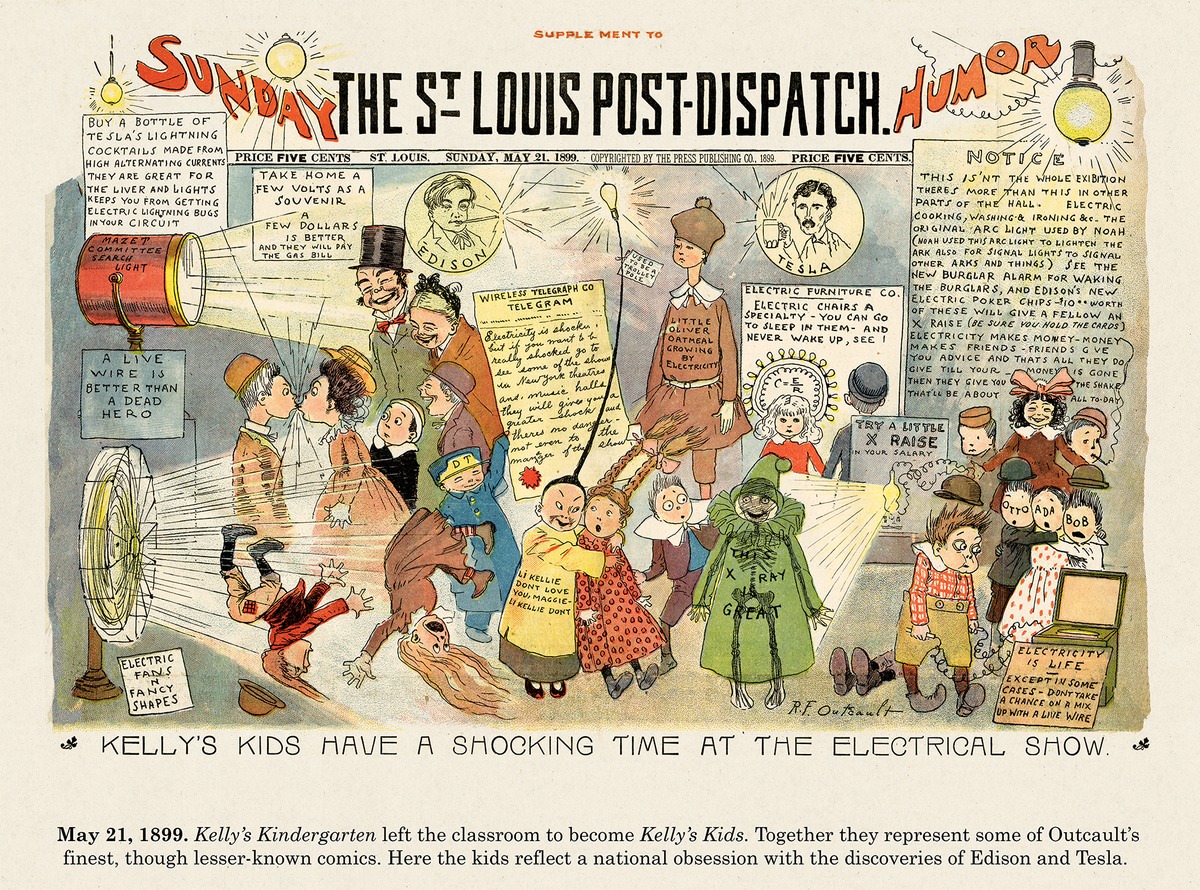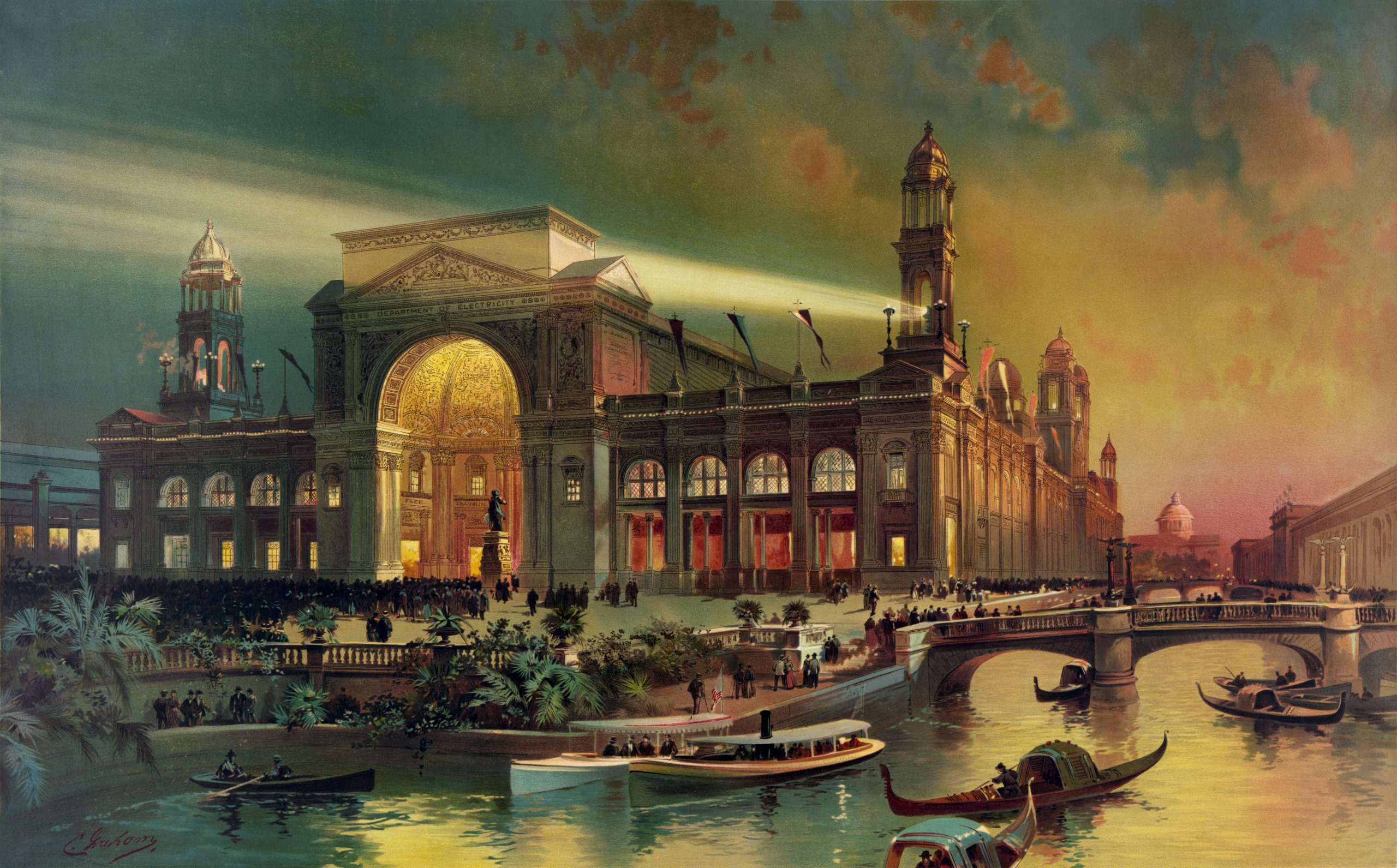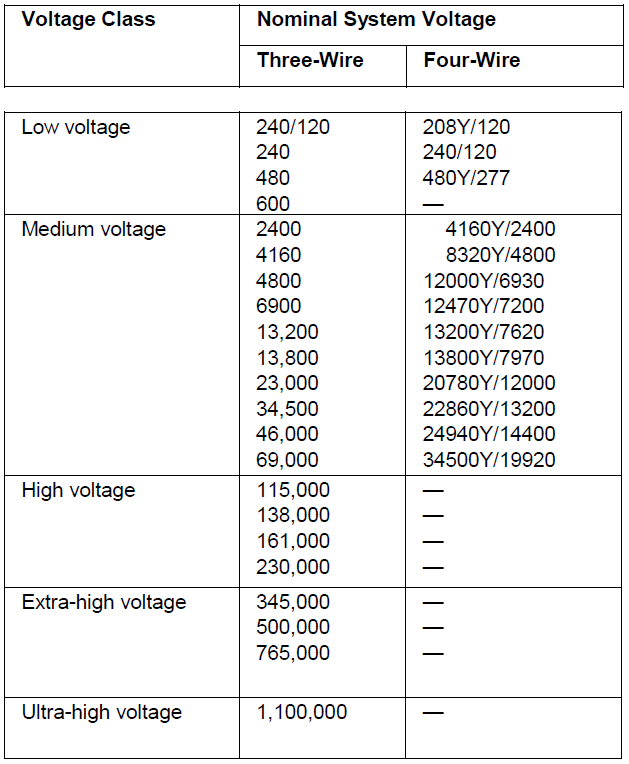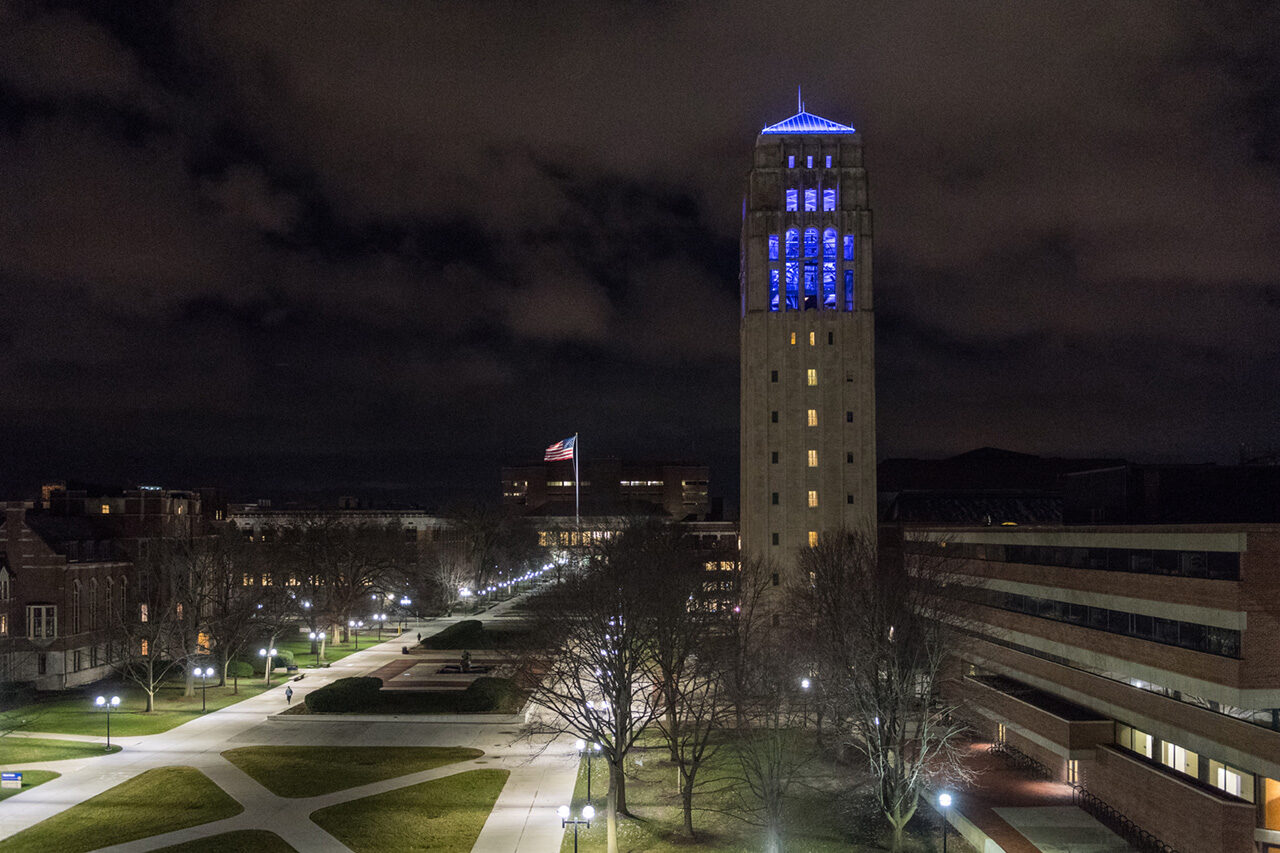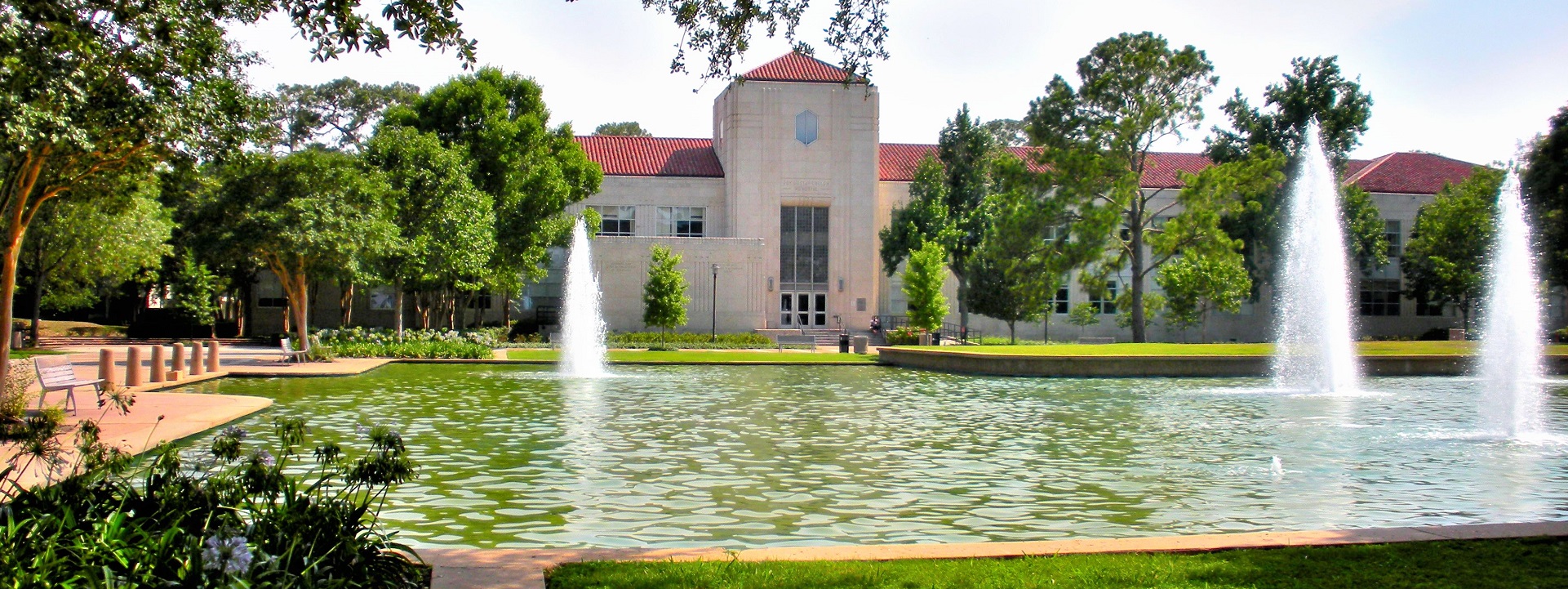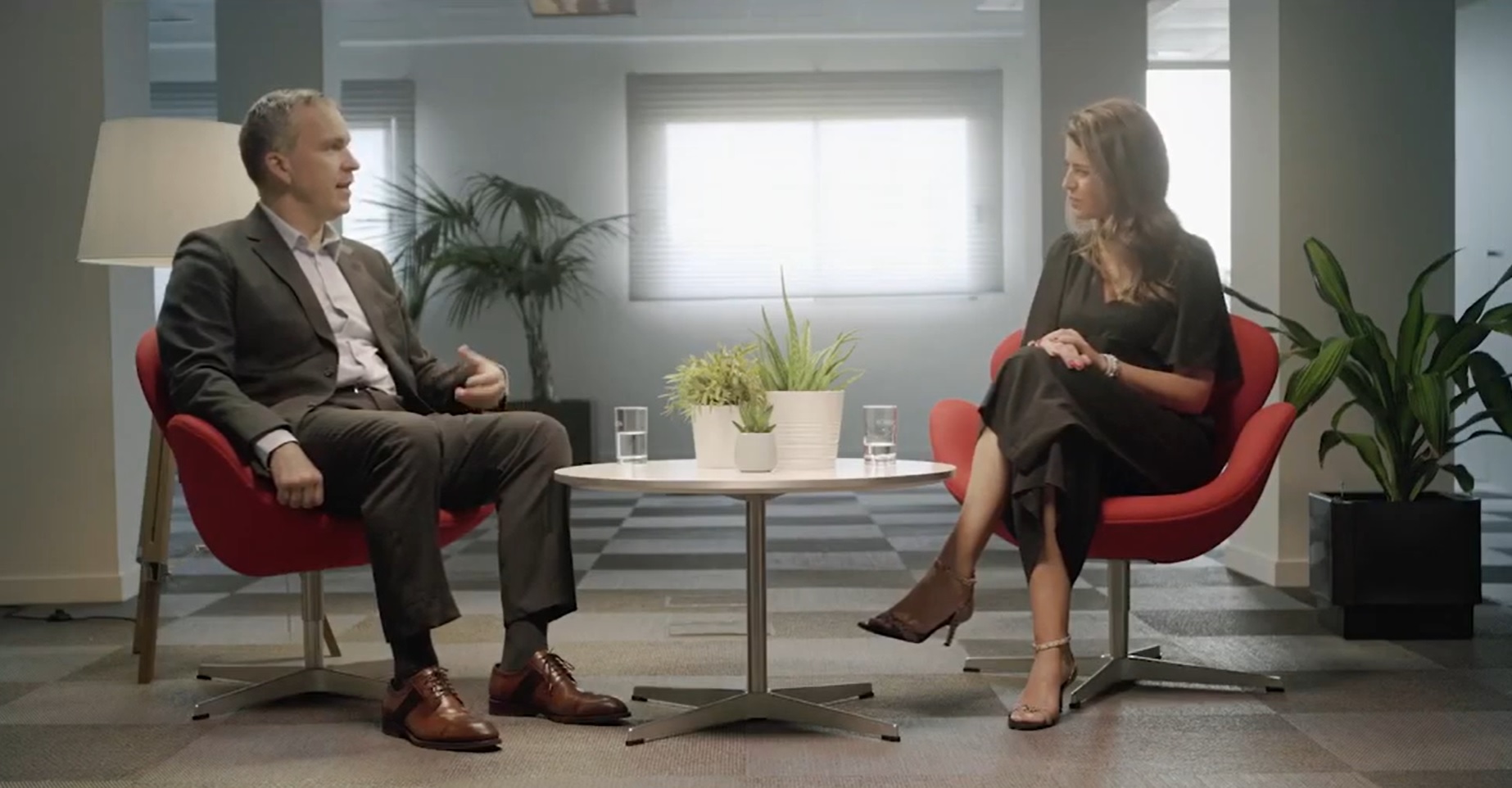

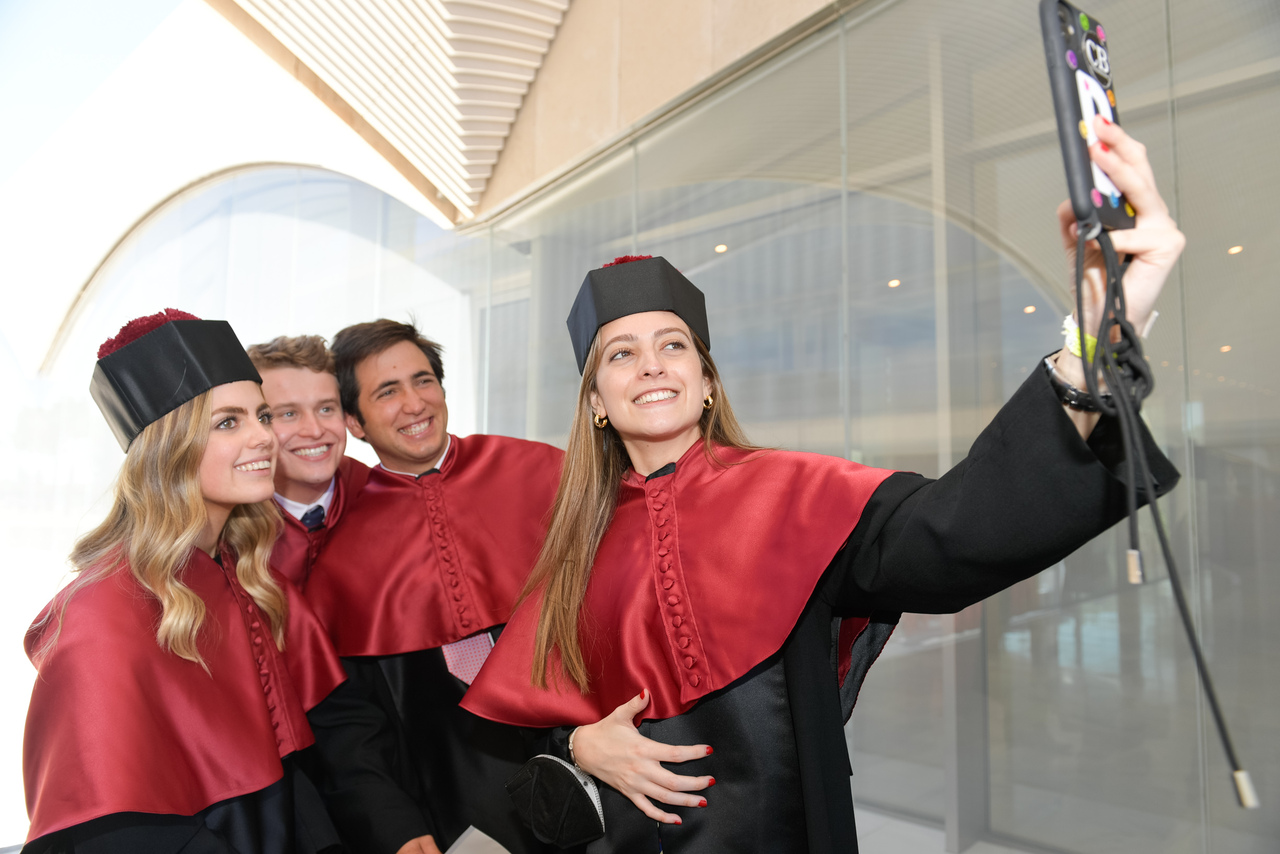
Uno a uno
- Home Page 111

ANSI Essential Requirements
The National Technology Transfer and Advancement Act (NTTAA; United States Public Law 104-113) was signed into law March 7, 1996. The Act amended several existing acts and mandated new directions for federal agencies with the purpose of:
- Bringing technology and industrial innovation to market more quickly
- Encouraging cooperative research and development between business and the federal government by providing access to federal laboratories
- Making it easier for businesses to obtain exclusive licenses to technology and inventions that result from cooperative research with the federal government
The NTTAA — along with administrative circular A-119 from the White House Office of Management and Budget — made a direct impact on the development of new industrial and technology standards by requiring that all Federal agencies use privately developed standards, particularly those developed by standards developing organizations accredited by the American National Standards Institute (ANSI). In circular A-119 federal agencies were also encouraged to participate in the development of those standards. While discussion continues about how well the US non-government sector is doing to advance national technology strategy continues (see January 17, 2012 White House Memo M-12-08) the US standards system remains the most effective process for advancing national technology and economic priorities for the education university and others.
ANSI is not a standards developing organization itself; it only accredits them according to its Essential Requirements: Due process requirements for American National Standards. ANSI reports to the National Institute of Standards and Technology; a division of the US Department of Commerce; which reports to The President of the United States. Now comes a proposed revision to Section 3.1 of ANSI’s Patent Policy regarding the inclusion of patents in American national standards:
Comments are due by March 26th. You may comment directly to ANSI at this email address: psa@ansi.org. With respect to our higher priorities, we will not be commenting on this redline, though intellectual property and patent policies are high on the agenda of many research universities. We have advocated in other parts of the ANSI Essential Requirements document in the past, however — a history we are happy to explain at any of our weekly Open Door teleconferences every Wednesday, 11 AM Eastern time. Anyone is welcomed to join these discussions with the login information in the link below:
Issue: [11-31]
Contact: Mike Anthony, Jack Janveja, Christine Fischer, Rich Robben
Building Interior Substations
At some point transformation of electric energy from distribution voltage to utilization voltage must occur — either proximate to structures on the exterior (where they can present an eyesore to ambience and ‘campus feeling’) or within a building if the architect will design an interior space where switchgear can be operated safely.
Since 1993 we have advocated safety and sustainability of either type of installation in the National Electrical Code. Today we review relevant code requirements respecting relatively new requirements for the education industry’s green agenda.
Hardly anything is a small topic anymore but today we will give it the Ole College Try at the usual hour today @ 15:00 UTC.
General Requirements:
CMP-1 Public Input Report for the 2026 Revision
CMP-1 Public Comment Report for the 2026 Revision
Transformers & Switchgear:
CMP-9 Public Input Report for 2026 Revision
CMP-9 Public Comment Report for 2026 Revision
Related:
University of Michigan Substation Design Guidelines
University of North Carolina Chapel Hill Design Guidelines
Our proposal for revisions to Chapter 27 of the International Building Code
An illustration of static electricity in a middle school classroom.
This is how science should be taught to children. pic.twitter.com/b2ZUMGB1as
— The Figen (@TheFigen_) April 7, 2025
High voltage switch at a power grid
— Science girl (@gunsnrosesgirl3) March 16, 2025
High Voltage Electric Service
Federal Power Act of 1920 Ω Public Utility Holding Company Act of 1935.
IEEE Education & Healthcare Facilities Committee Ω Current Issues and Recent Research
Representative Sample of Merchant Utility Interconnection Requirements for Customers
2023 National Electrical Code Article 490 Bibliography
Ahead of the April close date for comments on the Second Draft of the 2026 revision of the NEC we examine thought trends on the following:
- How does “high voltage” differ among electrotechnology professionals? Signaling and control systems workers have a much lower criteria than a merchant utility lineman than a campus bulk distribution engineer. In other words, “high voltage” is generally understood in practice and essential for worker safety. Labeling counts.
- What is the origin of the apparent “confusion’ about high voltage in the IEEE, IEC, NFPA and TIA electrical safety catalogs? Is the distinction functionally acceptable — i.e. a term of art understood well enough in practice?
- How can the 2026 NEC be improved for engineers, electricians and inspectors? There has been some considerable re-organization of low, medium and high voltage concepts in the 2023. It usually takes at least two NEC revision cycles for workable code to stabilize. Since education communities purchase and distribute higher voltage power on large campuses; how can power purchasing and customer distribution system best practice be improved?
This is plenty to talk about. Join us today at 15:00/16:00 UTC with the login credentials at the upper right of our home page.
IAEI Magazine: The Evolution of Electrical Services in the National Electrical Code®
What’s your favorite type of power line? Follow me for more tips on great questions to ask on first dates. pic.twitter.com/W1c9oFOeZt
— Simon Kuestenmacher (@simongerman600) November 9, 2024
Rightsizing Electrical Power Systems
Standards Michigan, spun-off in 2016 from the original University of Michigan Business & Finance Operation, has peppered NFPA 70 technical committees writing the 2016-2026 National Electric Code with proposals to reduce the size of building premise feeder infrastructure; accommodating the improvements made in illumination and rotating machinery energy conservation since the 1980’s (variable frequency drives, LED lighting, controls, etc.)
These proposals are routinely voted down in 12-20 member committees representing manufacturers (primarily) though local inspection authorities are complicit in overbuilding electric services because they “bill by the service panel ampere rating”. In other words, when a municipality can charge a higher inspection fee for a 1200 ampere panel, what incentive is there to support changes to the NEC that takes that inspection fee down to 400 amperes?
The energy conservation that would result from the acceptance of our proposals into the NEC are related to the following: reduced step down transformer sizes, reduced wire and conduit sizes, reduced panelboard sizes, reduced electric room cooling systems — including the HVAC cooling systems and the ceiling plenum sheet metal carrying the waste heat away. Up to 20 percent energy savings is in play here and all the experts around the table know it. So much for the economic footprint of the largest non-residential building construction market in the United States — about $120 billion annually.
The market incumbents are complicit in ignoring energy conservation opportunity. To paraphrase one of Mike Anthony’s colleagues representing electrical equipment manufacturers:
“You’re right Mike, but I am getting paid to vote against you.”
NFPA Electrical Division knows it, too.
Rightsizing Commercial Electrical Power Systems: Review of a New Exception in NEC Section 220.12
Michael A. Anthony – James R. Harvey
University of Michigan, Ann Arbor
University of Houston, Clear Lake, Texas
For decades, application of National Electrical Code (NEC) rules for sizing services, feeders and branch circuits has resulted in unused capacity in almost all occupancy classes. US Department of Energy data compiled in 1999 indicates average load on building transformers between 10 and 25 percent. More recent data gathered by the educational facilities industry has verified this claim. Recognizing that aggressive energy codes are driving energy consumption lower, and that larger than necessary transformers create larger than necessary flash hazard, the 2014 NEC will provide an exception in Section 220.12 that will permit designers to reduce transformer kVA ratings and all related components of the power delivery system. This is a conservative, incremental step in the direction of reduced load density that is limited to lighting systems. More study of feeder and branch circuit loading is necessary to inform discussion about circuit design methods in future revisions of the NEC.
CLICK HERE for complete paper
Environmental Conditions for Human Occupancy
This ASHRAE consensus product specifies conditions for acceptable thermal environments and is intended for use in design, operation, and commissioning of buildings and other occupied spaces. It is impossible to underestimate the difficulty of engineering an acceptable room temperature in an educational setting that satisfies all people all the time. Today, we simply identify the opportunity to ASHRAE Standard 55-2017, Thermal Environmental Conditions for Human Occupancy poststed on ASHRAE’s Public Review page:
Public Review Draft Standards / Online Comment Database
ASHRAE’s standards development platform is one of the fastest in the United States so frequently there is scant time to respond; though we hope other user-interests will. As technical specifics relevant to the education facility industry become more clear we will develop this page accordingly.
All ASHRAE consensus products are on the agenda of our monthly 11 AM/ET Mechanical Engineering and Energy standards teleconferences. See our CALENDAR for the next online meeting; open to everyone.
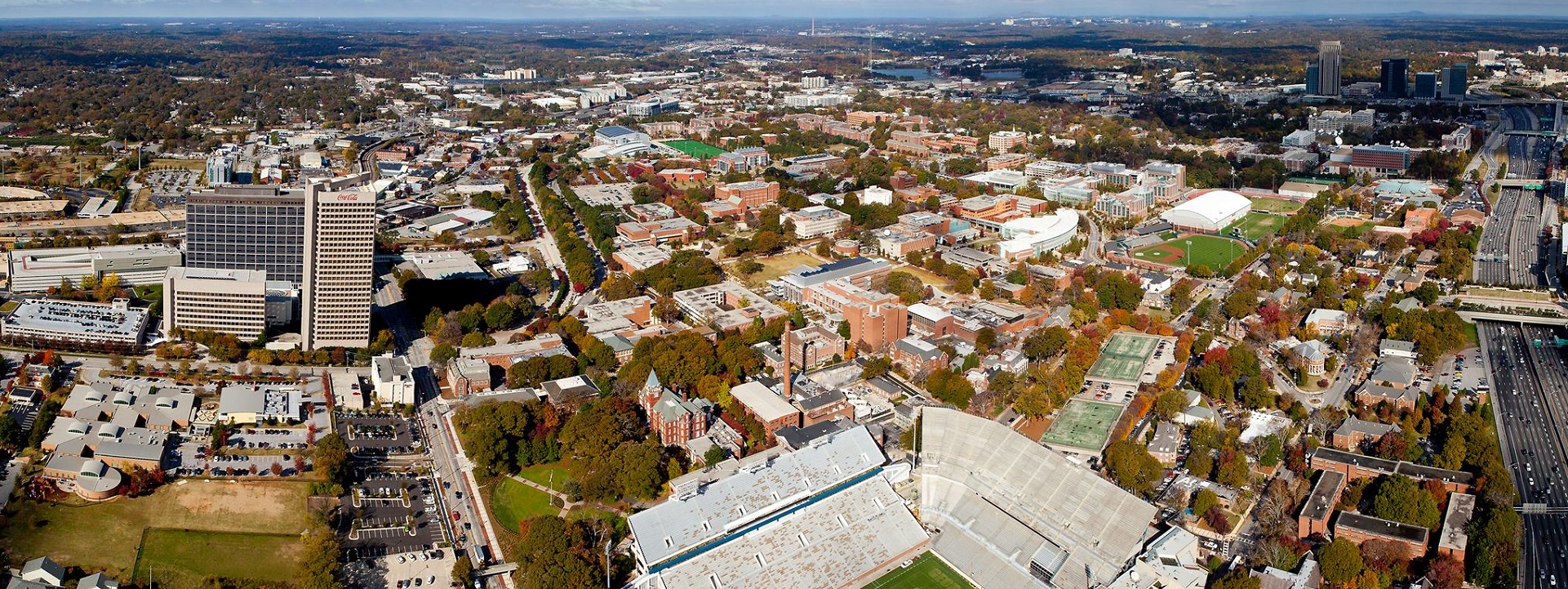
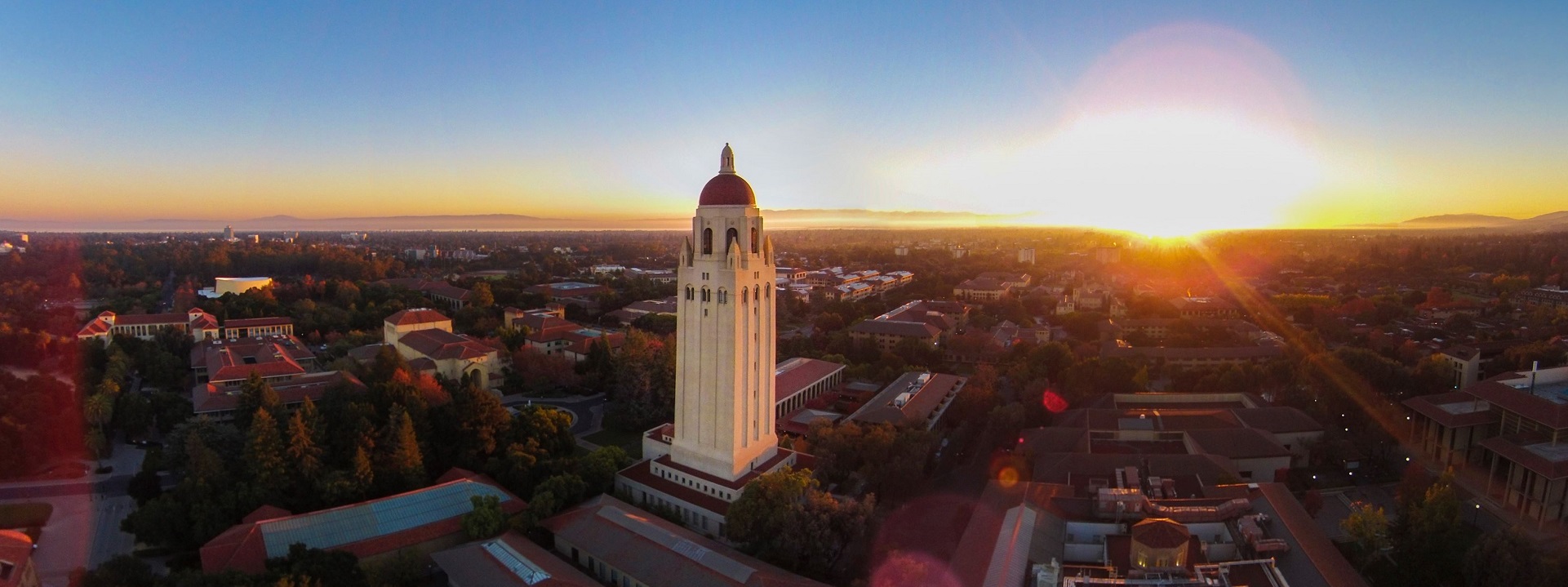
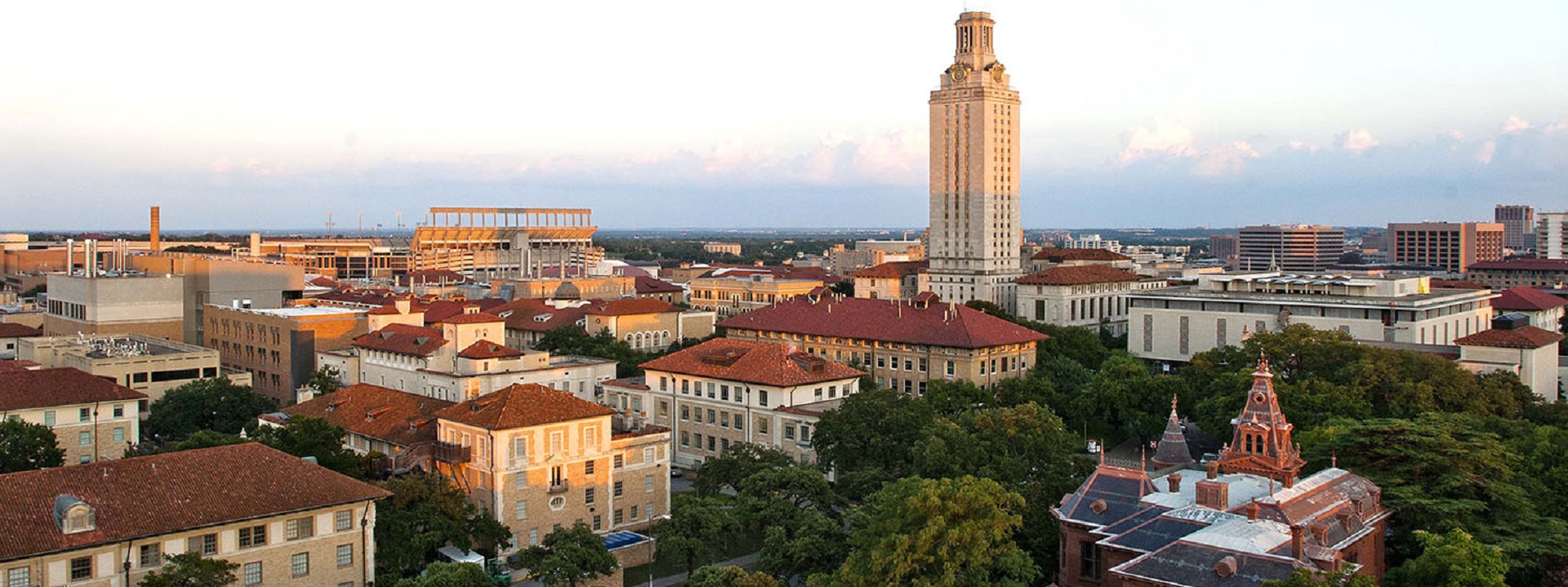
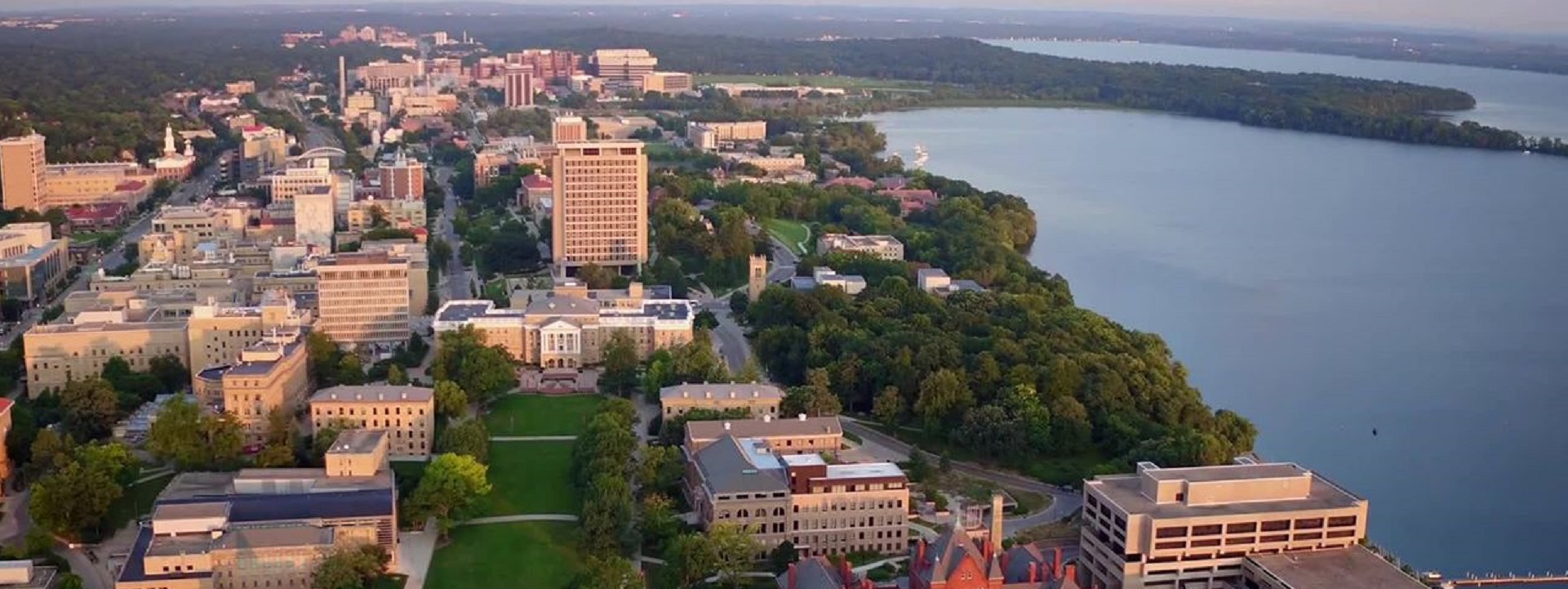
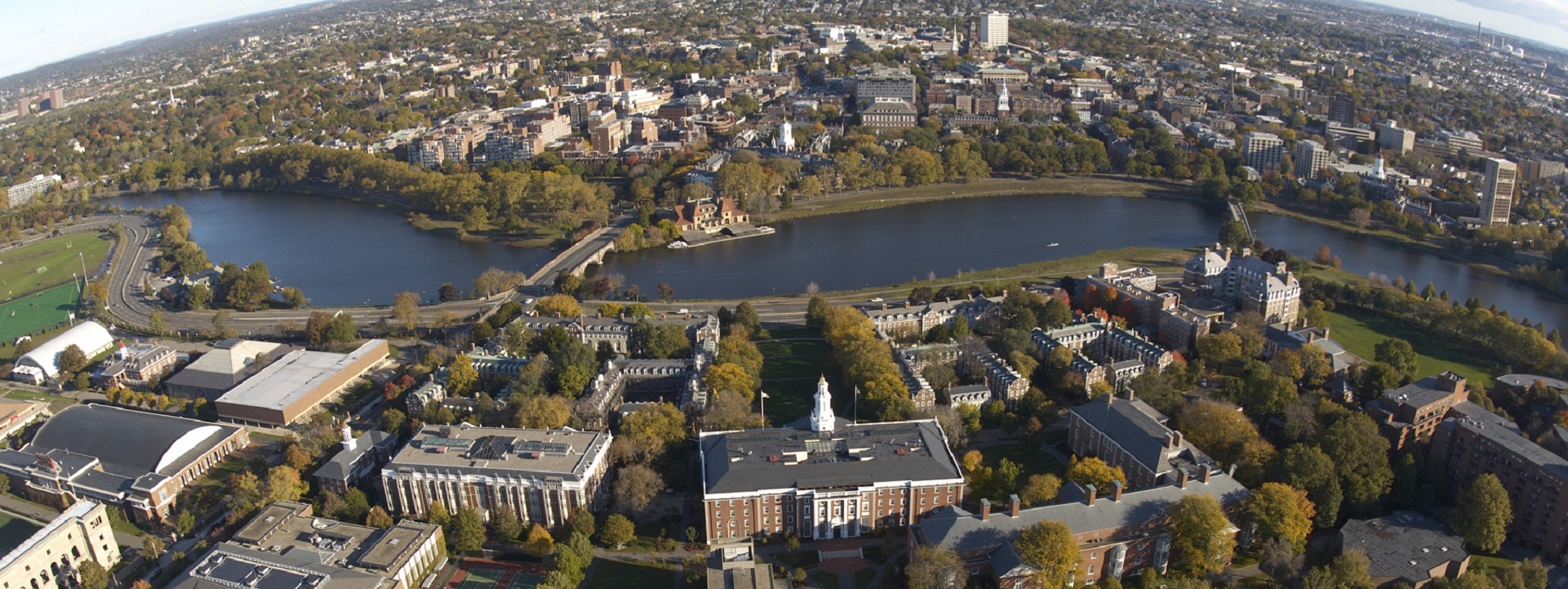
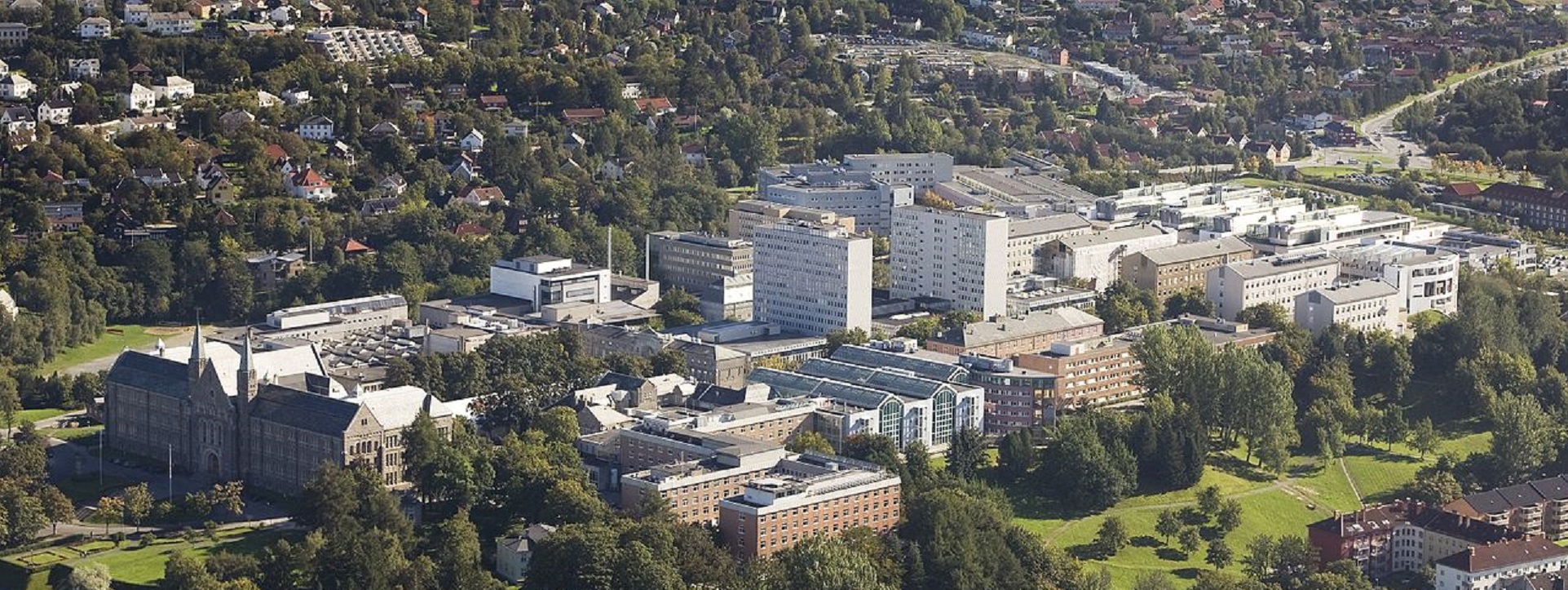
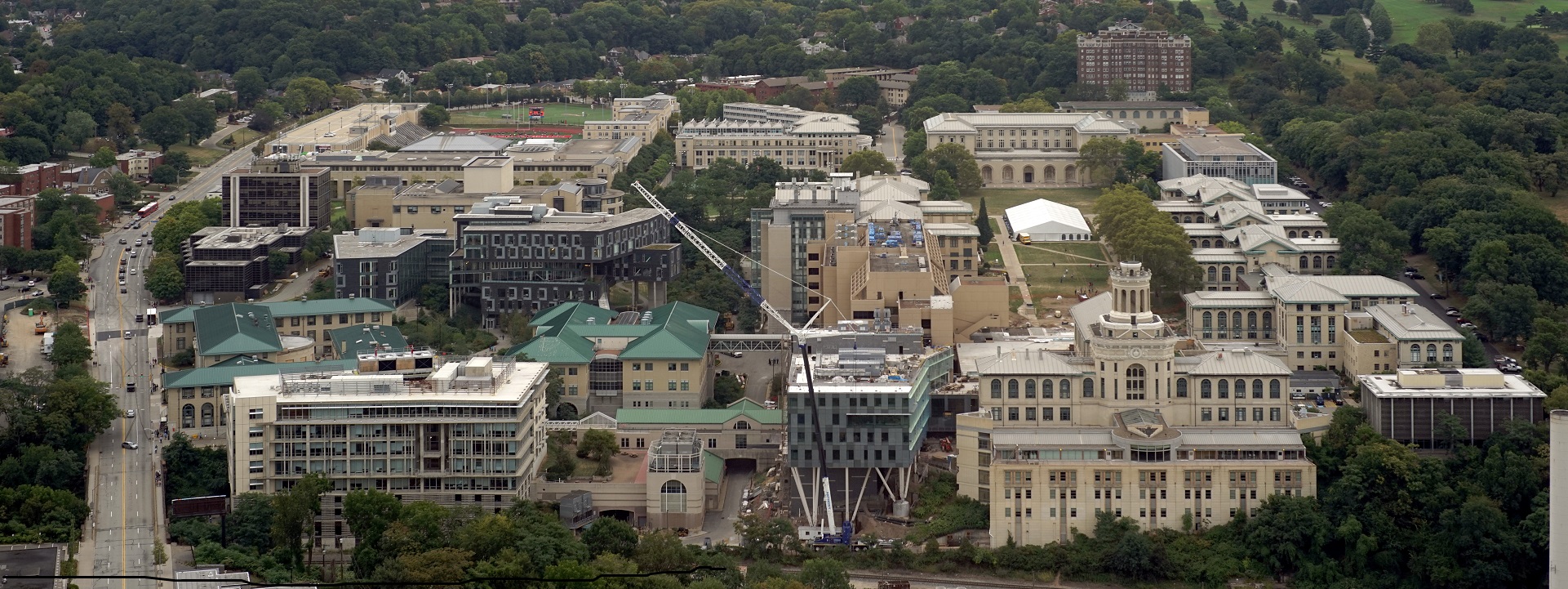
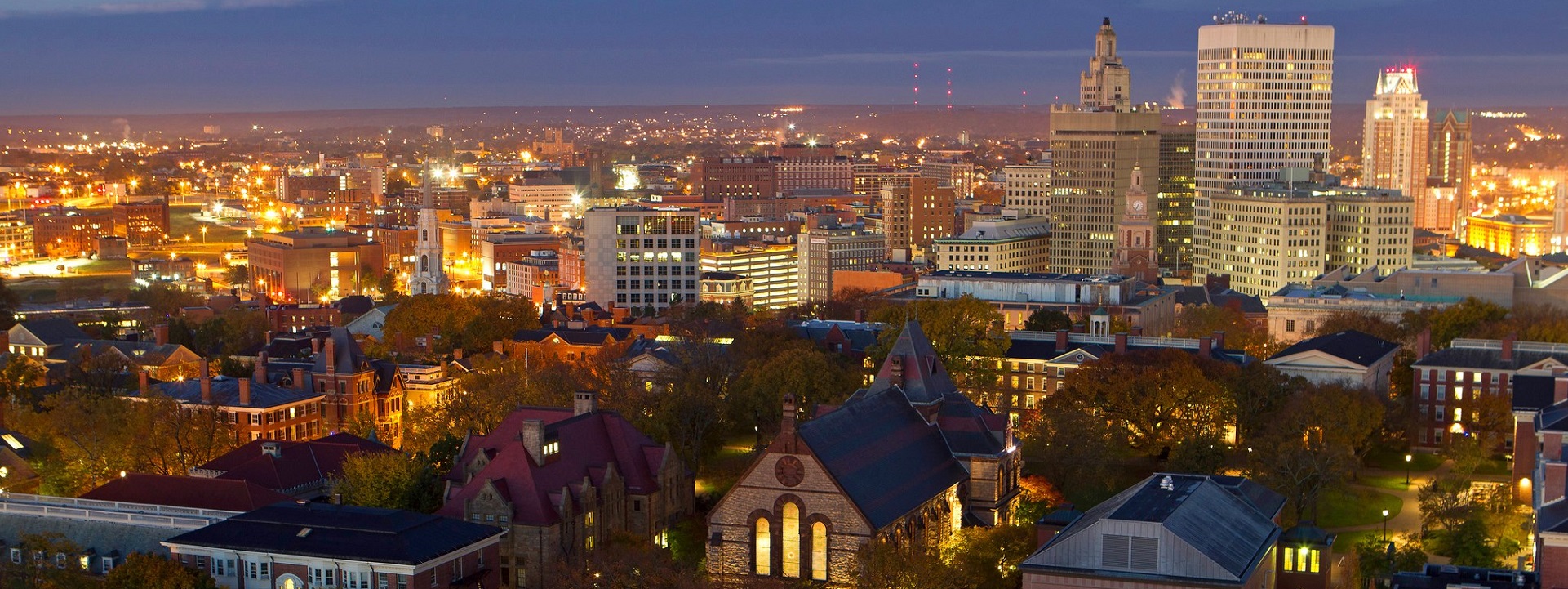
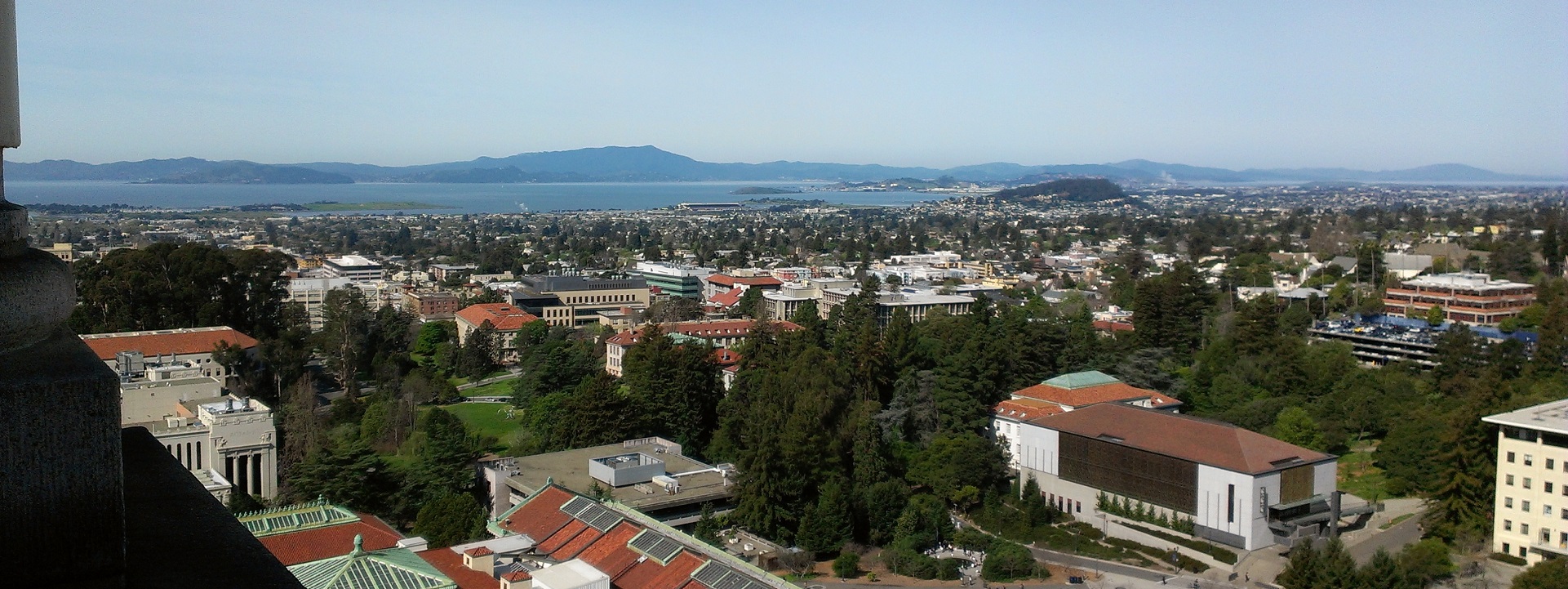
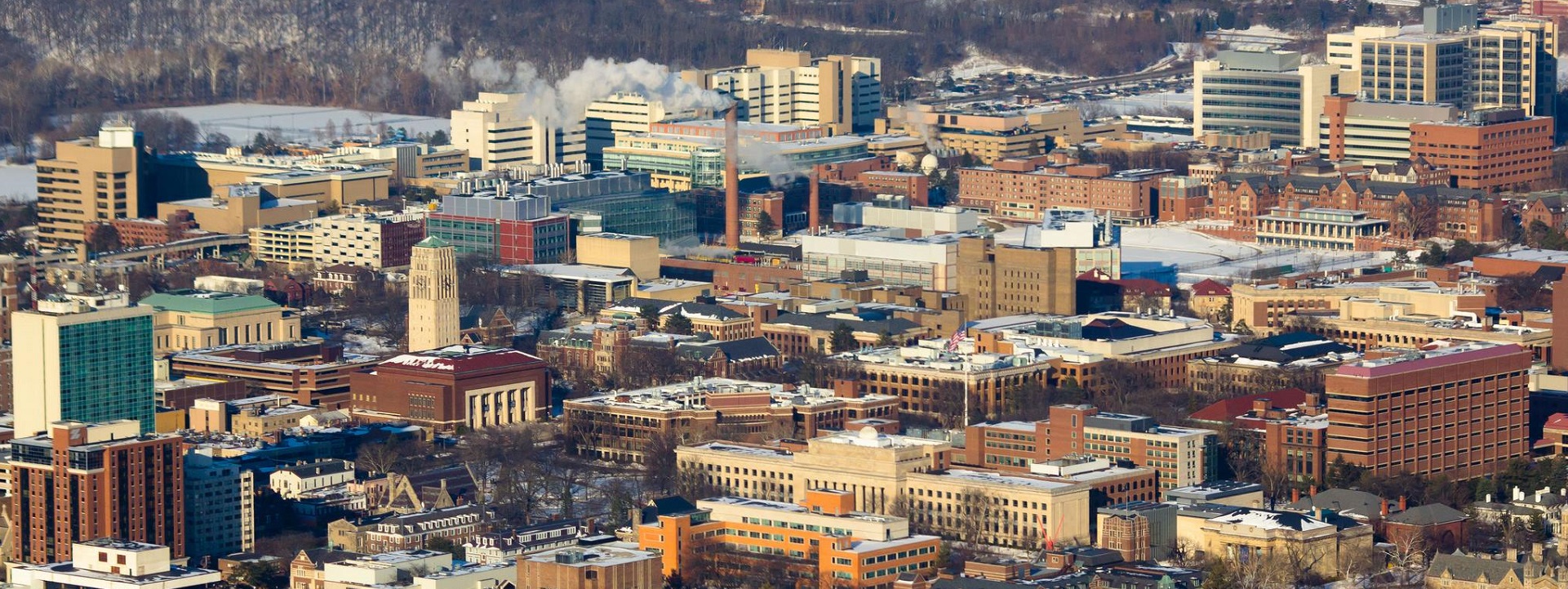
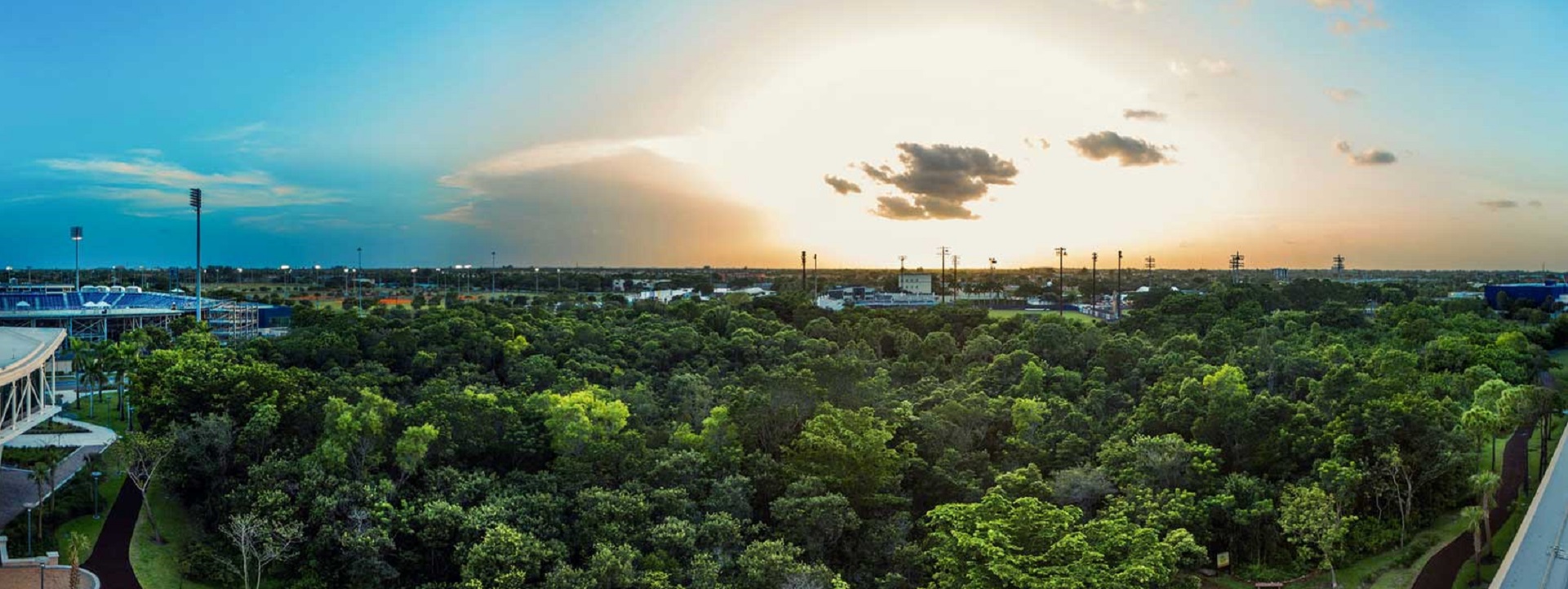
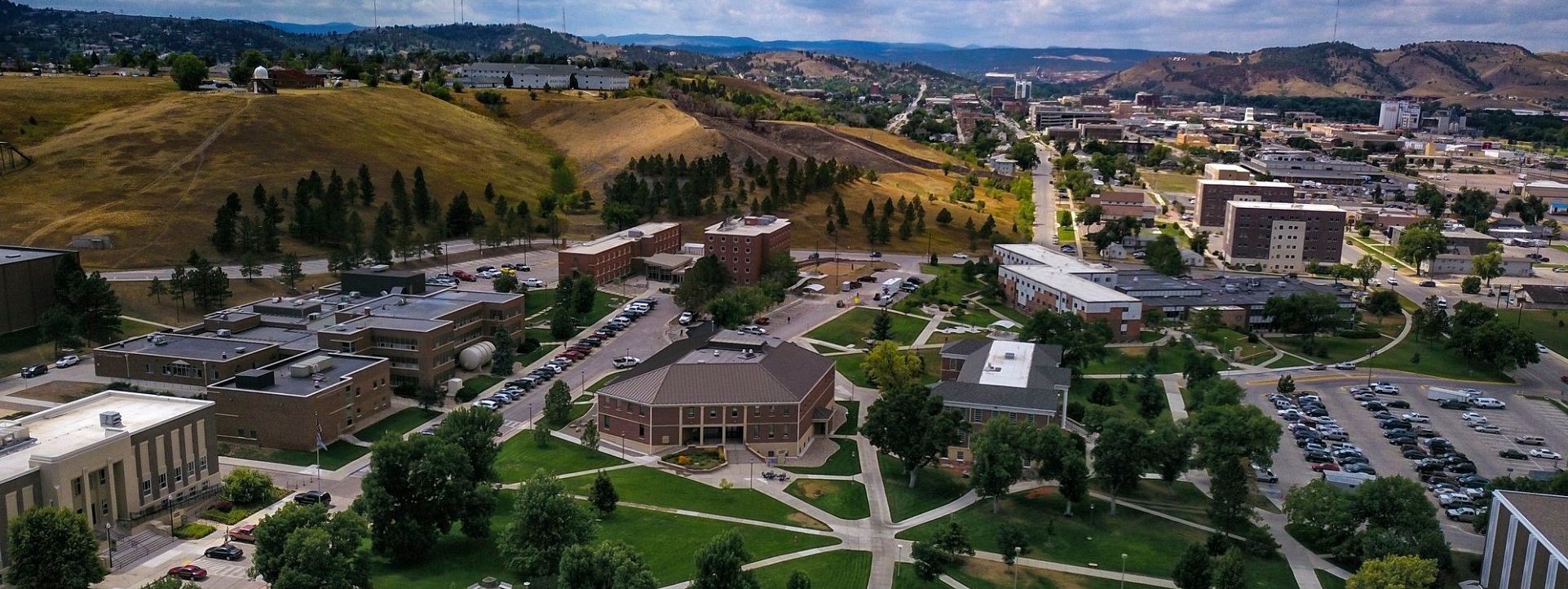
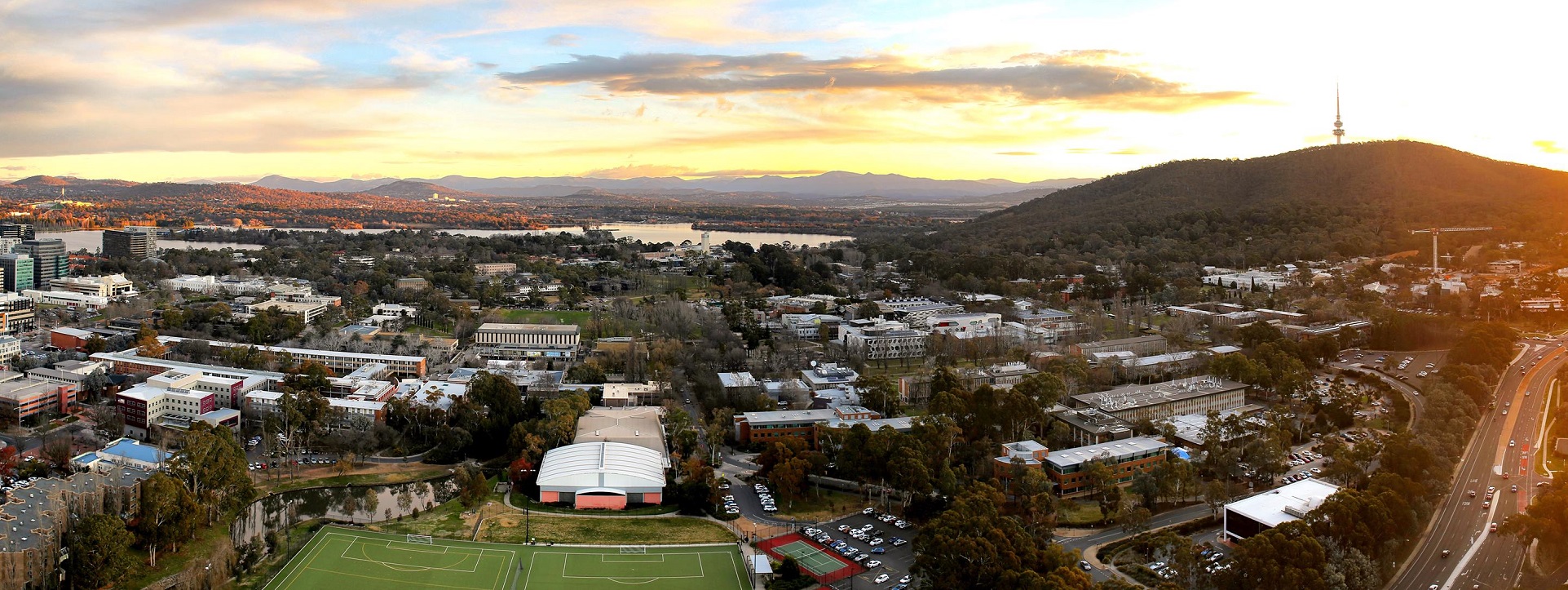
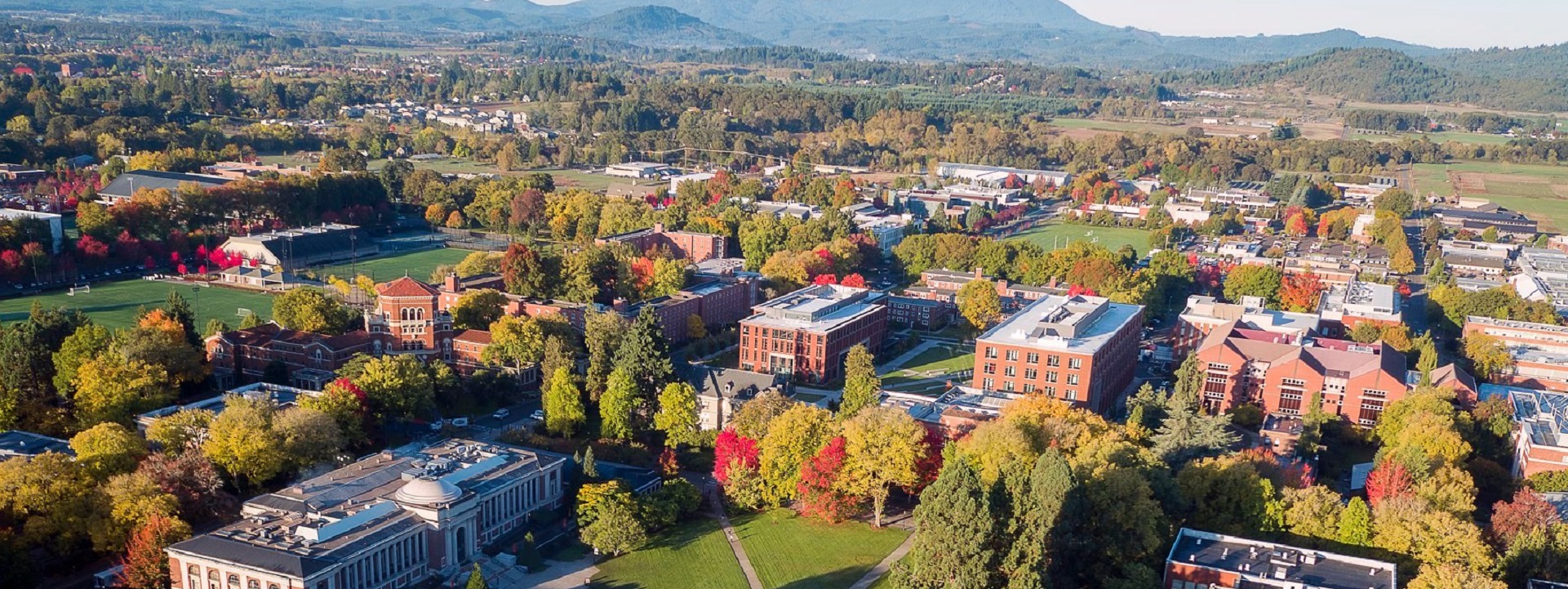
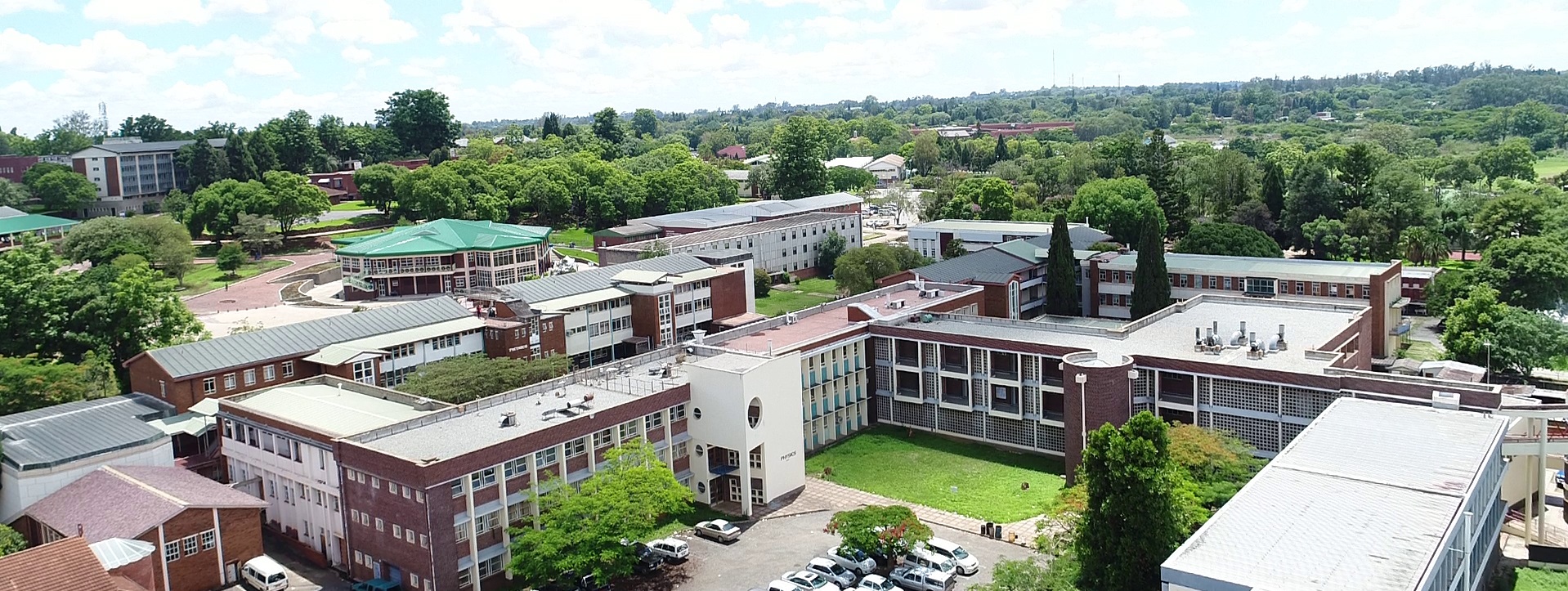
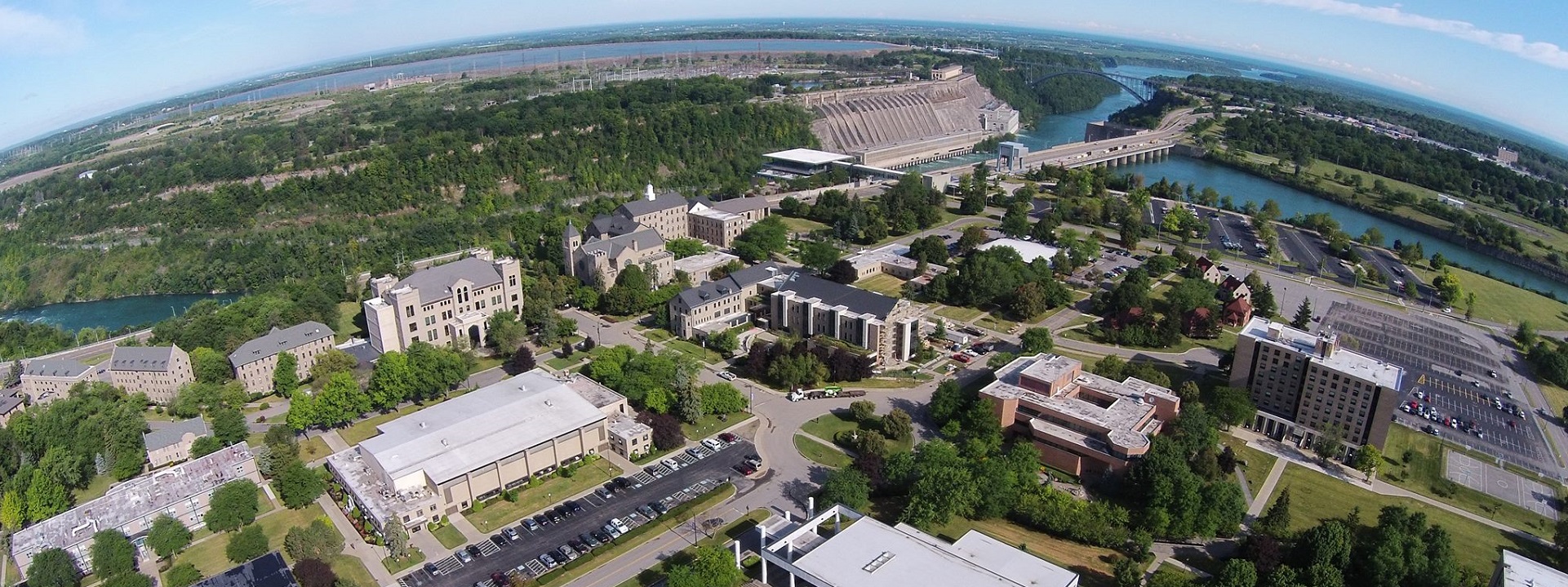
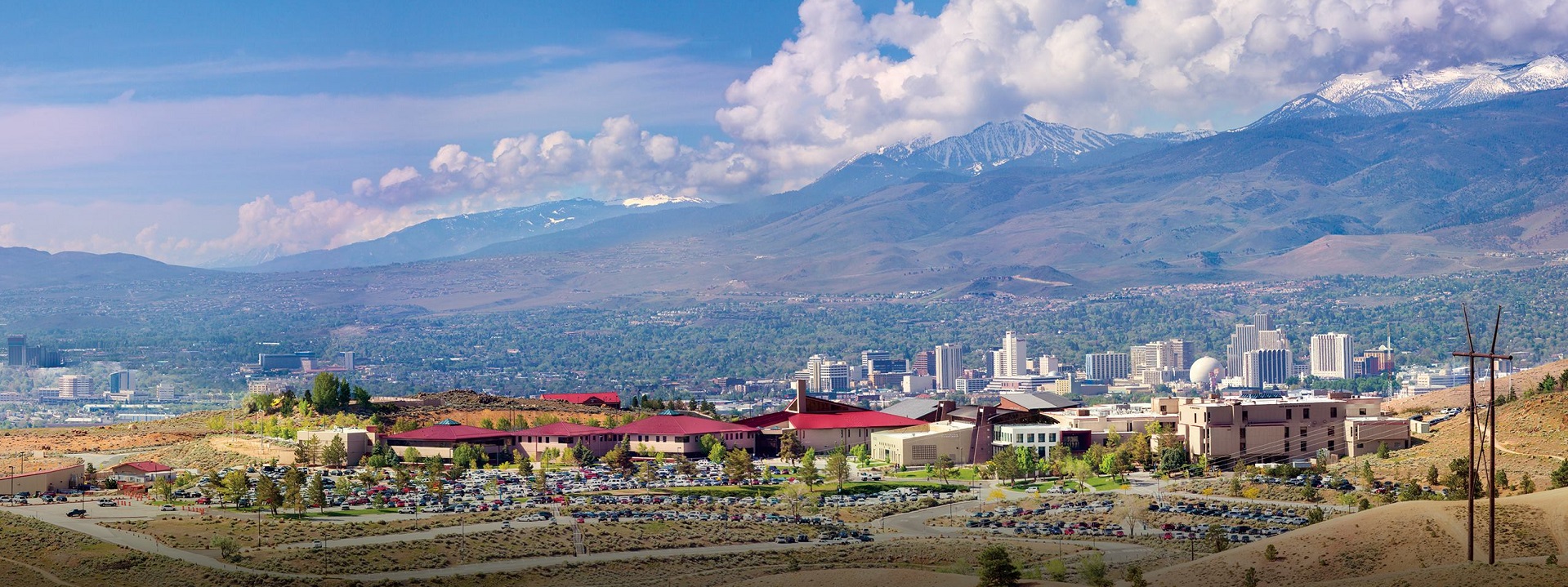
Issue: [14-115]
Category: Mechanical, Electrical, Energy, ICT, IoT
Colleagues: David B. Anderson, David Conrad, Mike Anthony, Jim Harvey, Larry Spielvogel
Dolus Festivus
This content is accessible to paid subscribers. To view it please enter your password below or send mike@standardsmichigan.com a request for subscription details.
New update alert! The 2022 update to the Trademark Assignment Dataset is now available online. Find 1.29 million trademark assignments, involving 2.28 million unique trademark properties issued by the USPTO between March 1952 and January 2023: https://t.co/njrDAbSpwB pic.twitter.com/GkAXrHoQ9T
— USPTO (@uspto) July 13, 2023
Standards Michigan Group, LLC
2723 South State Street | Suite 150
Ann Arbor, MI 48104 USA
888-746-3670




